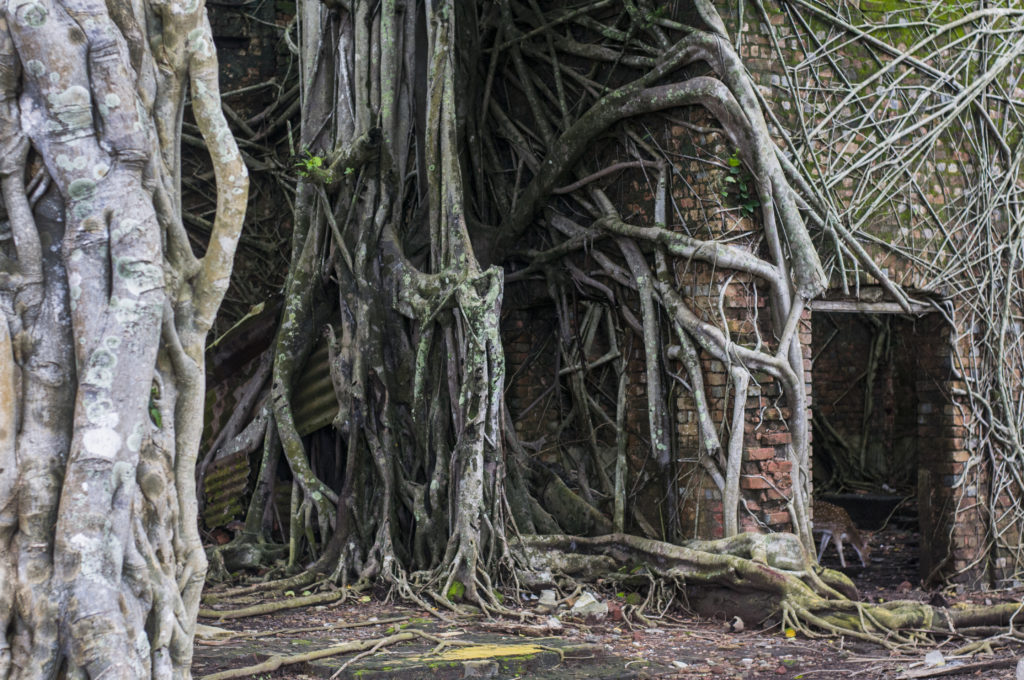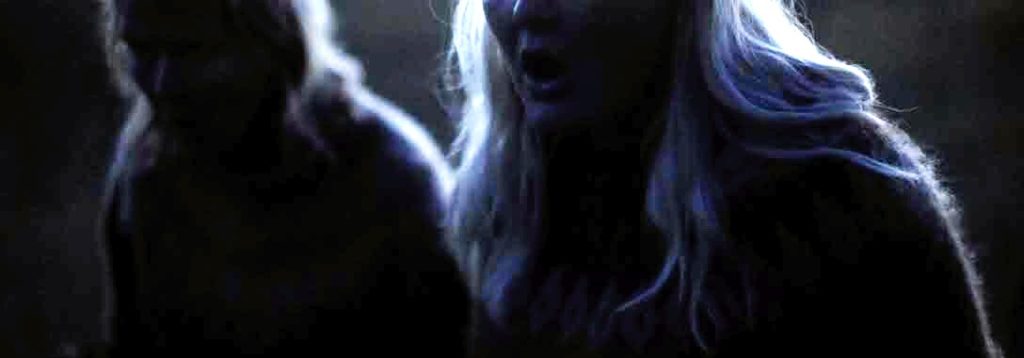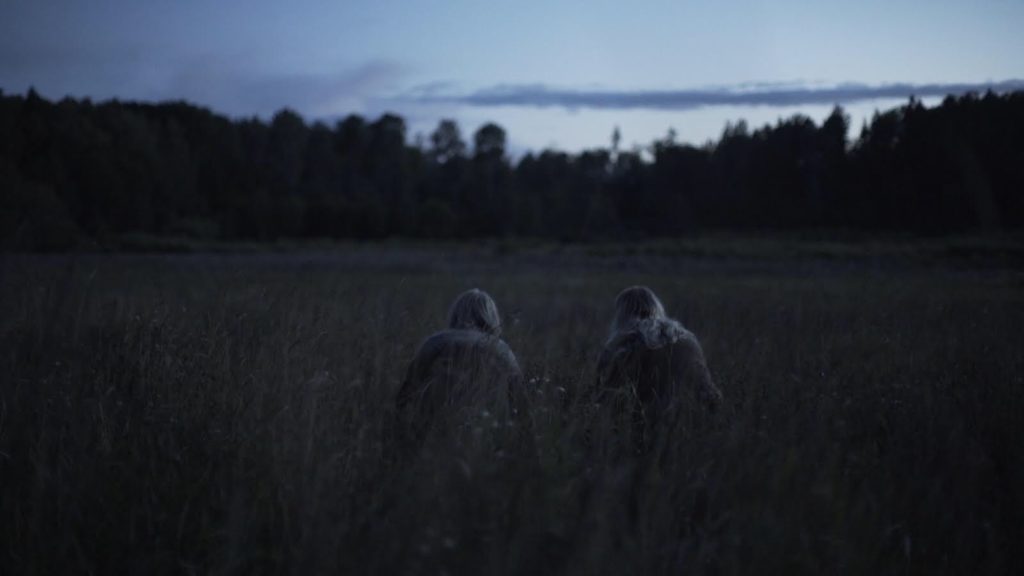
Rupture investigates interpersonal relations and power structures from an anthropomorphic perspective. The project offers another perspective on utopian forms of co-existence. Partly inspired by the narrative structure of nature films, the project combines documentary and fictional material, thus exploring the boundaries between the two.


The video Rupture initially follows the artist as she is accompanied by her mother, who she has invited into the forest in order to communicate with a buck in heat searching for a partner. The context is Johannessen’s childhood and the herd-like structure in which she was raised as one of numerous children in a large collective in northern Norway led by a patriarchal father figure. Further on, the ruins of a collapsed society on a now-abandoned island in the Indian Ocean are encountered. The island of Netaji Subash Chandra Bose Dweep is a former British outpost. The British used the island as an administrative hub for the surrounding penal colonies during the nineteenth century. The island featured grand villas, tennis courts, and open-air dance pavilions. Since Indian independence in 1947, the island has basically been abandoned, and nature and wildlife are in the process of reclaiming it. In the early twentieth century, British officers transported deer to the island for their own recreational hunting. There, the deer had no natural enemies and their population increased exponentially. Of the collapsed colonial society now exist only ruins of buildings built by prison labour, surrounded by heavy root work. Visits to the island are strictly regulated: filming is prohibited and all visitors must leave the island by dusk. Rupture alludes to the notion that true structural change requires destruction and chaos before new relations and patterns can develop. Some elements of the project were presented at Färgfabriken, Stockholm, during the summer of 2018. The final version of the work was later presented at the solo show Trofé at Ystad Konstmuseum in Sweden.
Press